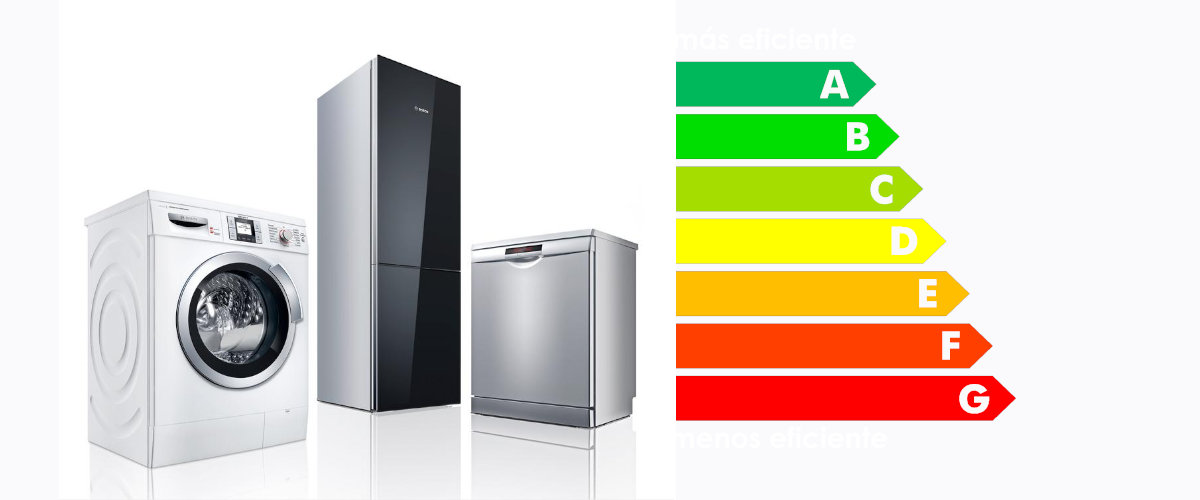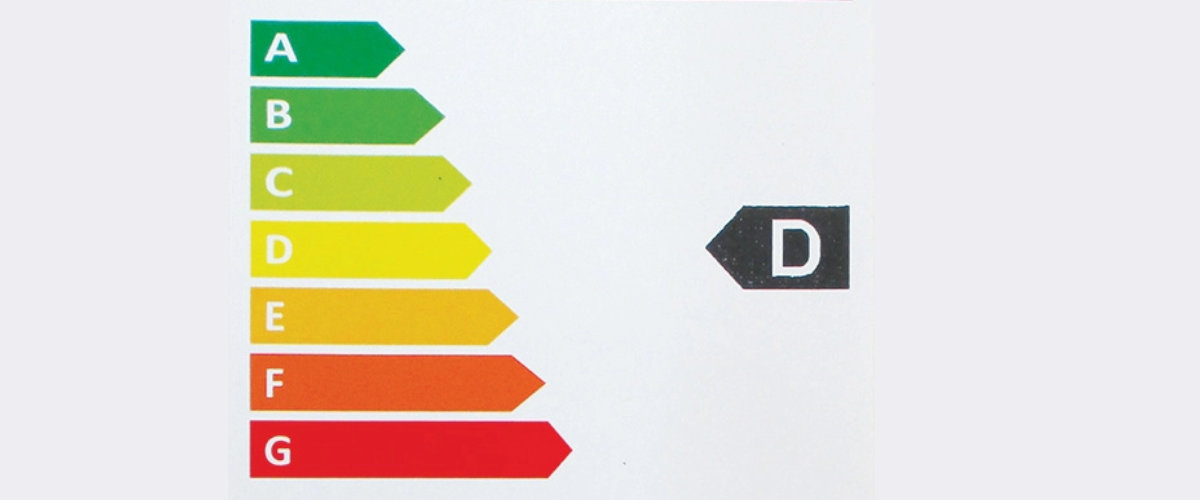
Four years ago we spoke at length about the energy efficiency of electrical appliances, however, due to the entry into force of a series of new "ecodesign requirements" arranged by the European Commission, some things have changed.
One of the most visible changes is related to the energy efficiency labeling. This is simplified by returning to the initial scale from A to G. Thus, from March 1, 2021, all electrical appliances incorporate the new energy scale on their label, along with other information that today we help you understand.
Efficient televisions, refrigerators, freezers, washing machines, dishwashers, and televisions help us save. How? performing the same task with a lower energy consumption than other electrical appliances. But let's go step by step.
Energy efficiency
We are talking a lot about energy efficiency, but are we able to understand this concept? Applied to a domestic appliance, energy efficiency would be defined as the ability of a certain appliance to perform a task with a lower power consumption that of other equivalent appliances.
Efficient household appliances are, therefore, those that, within their range, consume less energy to perform the same function. This efficiency is indicated on the energy label of the appliance through a letter and color classification scale that is compulsory in Europe.
Energy label
The new energy labels are regulated based on European regulations and provide us with a quick way to know both the energy efficiency of a specific appliance, as well as other information about the products that we are about to buy. To understand the information, however, it will be necessary to understand where can we find each of the information and how can we interpret this.
QR code.
At the top of the new labels, on the right, we will find a QR code. A code that will allow us to access, once scanned, to more information about the product. Very useful information that can help us choose one or the other model.

Old (left) and new (right) energy labels
Classes
One of the most visible changes related to the energy efficiency labeling of household appliances has to do with the class scale. Grades such as A +, A ++ and A +++ are abandoned to recover the old scale, clearer and more strict, from A to G.
According to this new scale, most of the more energy efficient products available on the market today, would show class B, C or D, to leave room for improvement to the energy efficiency of new products, that is, class A.
The classes are associated in the energy label with a colored traffic light that visually facilitates their identification. Thus, dark green indicates a highly efficient product and red a low-efficiency one, based on an energy efficiency index that takes into account annual energy consumption.
Annual energy consumption
Immediately after the appliance class the weighted energy consumption in kWh / 100 operating cycles, in the case of washers.
Pictograms
The information that appears at the bottom of the labels corresponds to the pictograms. These refer to specific characteristics of each appliance. Thus, you will be able to know such important characteristics as ...

Refrigerator and Dishwasher Energy Labels
- Washing machines: Load capacity (Kg), energy consumption according to the Eco 40-60 program, water consumption (liters / cycle), spin efficiency class (scale A to G); spin noise dB (A) and noise emission class (scale from A to D).
- Washer-dryers: Energy consumption for 100 cycles with drying and without drying (kWh), maximum load for the complete cycle and for the wash only cycle (Kg), water consumption for the complete cycle and for the wash only cycle (liters), duration of the complete cycle and of the wash only cycle, spin efficiency class (scale A to G); spin noise dB (A) and noise emission class (scale from A to D).
- Dishwasher: Energy consumption of the eco program for 100 cycles (kWh); nominal capacity, expressed in number of standard covers, for the ecological program; Water consumption of the eco program (liters / cycle); duration of the ecological program (hours: minutes); and noise level expressed in decibels
- Refrigerators and freezers: Sum of the volumes of the freezer compartments (liters), Annual energy consumption (kWh), noise level expressed in decibels and the noise emission class (scale from A to D).
- Televisions, monitors and screens: Power consumption in on mode in kWh per 1000 h, when reading SDR content; power consumption in on mode in kWh per 1000 h, when reading HDR content; and visible screen diagonal in centimeters and inches, and horizontal and vertical resolution in pixels.
